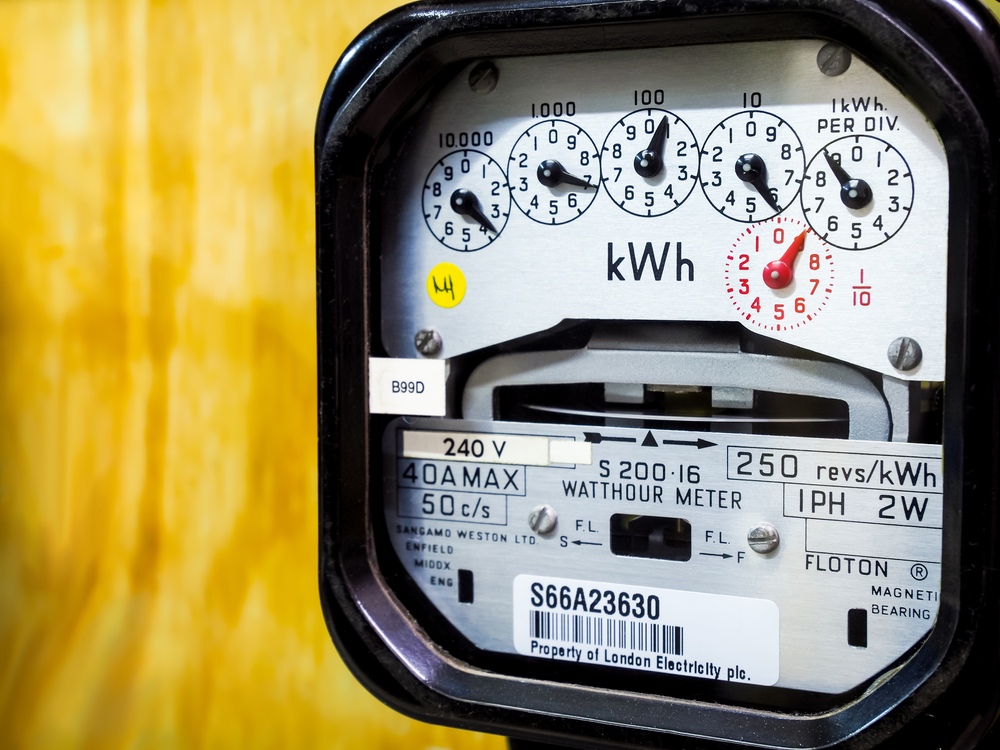Practical Approaches to Lower Monthly Power Consumption
Reducing monthly power consumption requires a mix of measurement, behaviour change, and targeted investment. This article outlines practical steps that households and businesses can use to lower energy use, understand billing and metering signals, and align choices with available tariffs, renewables, storage, and grid constraints.

How do smart meters and monitoring help?
Smart meters and continuous monitoring make consumption visible in near real time. By replacing estimated reads with accurate interval data, smartmeters let users identify high-use appliances, peak periods, and unexpected loads. Monitoring tools—either the supplier’s portal or third-party apps—can flag patterns that suggest inefficiencies, such as phantom loads from always-on devices. Over weeks, this data supports low-cost behavioural adjustments (shifting laundry or charging cycles) and informs decisions about investments in efficient appliances or controls.
What does energy metering and billing reveal?
Metering accuracy affects billing reconciliation and customer confidence. Detailed metering separates standing charges from energy usage and helps reconcile discrepancies between estimated and actual consumption. Reviewing past bills alongside metered data highlights seasonal patterns and one-off spikes. When bills appear inconsistent with usage, meter readings and the supplier’s consumption report are the first evidence to present during reconciliation requests. Clear metering records also simplify comparisons between tariffs and any demand charges that may apply.
How do tariffs and rates affect consumption decisions?
Tariffs and rates shape when and how much energy costs, so understanding them is central to reducing monthly expenses. Time-of-use or Economy tariffs reward shifting flexible loads to off-peak windows, while flat rates simplify budgeting but may not incentivize load shifting. Comparing unit rates and standing charges can reveal whether small behavioural changes will meaningfully affect bills. For businesses with demand-based charges, lowering peak demand through scheduling or controls often offers larger savings than marginal reductions in base consumption.
Which efficiency steps reduce demand?
Targeted efficiency measures can cut both consumption and demand. Start with lighting (LED retrofits), HVAC servicing and thermostatic control, and replacing or retrofitting inefficient large appliances. Insulation and draught-proofing reduce heating and cooling loads. For equipment-heavy sites, variable-speed drives and better process controls reduce peak demand. Many measures are low-cost with short payback periods; combining them with monitoring ensures you can track actual savings and prioritize the next steps based on measured performance.
Can renewables and storage reduce grid reliance and outage impact?
On-site renewables and storage shift where energy is sourced and when it’s used. Solar PV reduces net grid consumption during generation hours, while batteries allow shifting that generation into evening peaks and provide short-term resilience during outages. Storage also helps manage demand charges by smoothing peaks. The effectiveness depends on system sizing, local generation potential, and tariff structure—especially whether the local tariff compensates exported generation—and should be evaluated alongside efficiency and demand reduction measures.
How to reconcile usage, handle outages, and understand pricing insights?
Reconciliation involves comparing metered usage against billed amounts and resolving anomalies with the supplier. Keep meter reads, take periodic photos, and export monitoring reports where possible. In outage events, document loss and any emergency usage separately; some suppliers maintain specific procedures for outage-related billing adjustments. Below is a concise, real-world pricing overview across representative providers to give context on typical residential cost ranges and how pricing variability affects monthly bills.
| Product/Service | Provider | Cost Estimation |
|---|---|---|
| Standard residential electricity (unit rate) | EDF Energy (UK) | Approximately £0.25–£0.45 per kWh (varies by tariff and region) |
| Standard residential electricity (unit rate) | E.ON (UK/Europe) | Approximately £0.24–£0.44 per kWh (varies by tariff and region) |
| Standard residential electricity (unit rate) | PG&E (US) | Approximately $0.15–$0.35 per kWh (varies by tier, time-of-use, and region) |
Prices, rates, or cost estimates mentioned in this article are based on the latest available information but may change over time. Independent research is advised before making financial decisions.
Conclusion
Lowering monthly power consumption is a combination of measurement, targeted efficiency, tariff-aware behaviour, and, where appropriate, investment in renewables and storage. Start with accurate metering and monitoring to reveal where savings are most feasible, then prioritize low-cost efficiency and demand-reduction measures. When considering tariffs or on-site generation, use reconciled usage data to estimate impacts on monthly bills and grid reliance.





